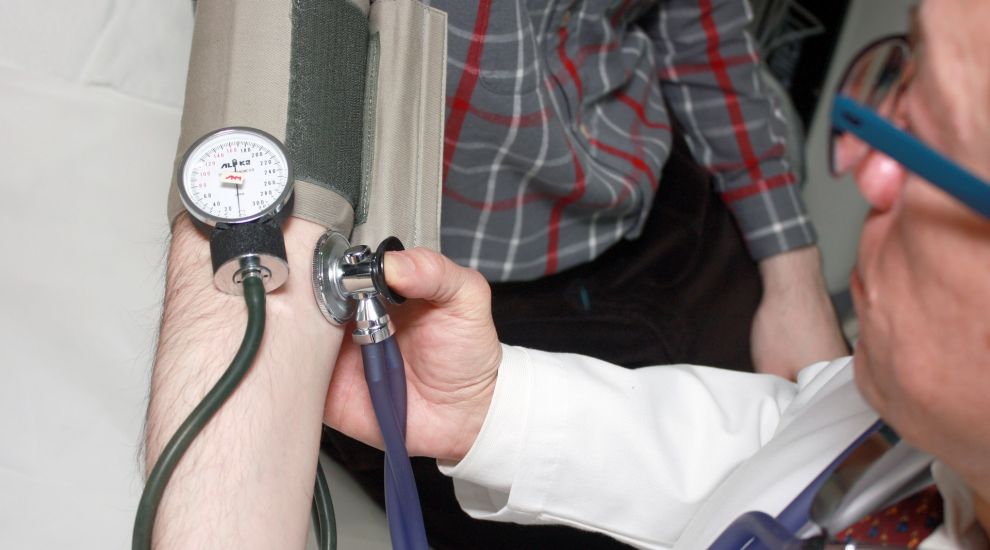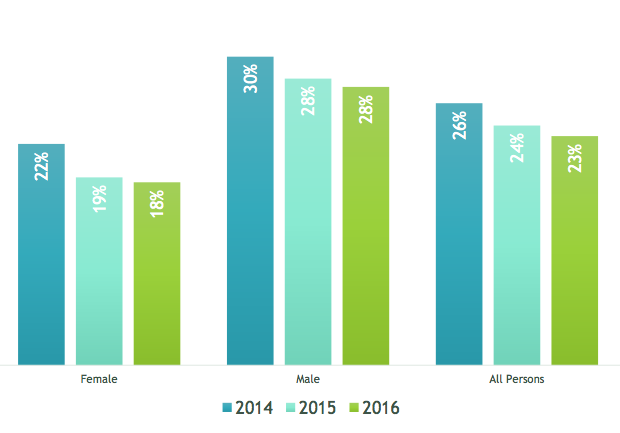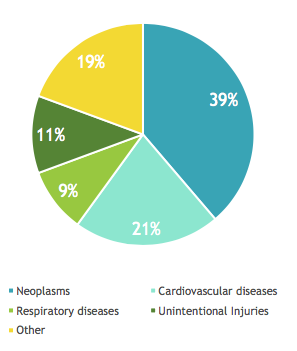

190 out of a total of 830 deaths could have been avoided in 2016 either through good quality healthcare or public health interventions, a new Statistics Unit report has shown.
The 'Avoidable Mortality Report' showed that men are still more at risk, with 28% of male deaths being from avoidable causes, compared to 18% for women.
Men also accounted for 59% of all avoidable deaths, slightly less than in 2015 with 63%.

Pictured: Variation of the number of deaths considered avoidable as a proportion of all deaths registered.
Overall, cancers and other non-cancerous tissue growths were the main cause of avoidable deaths, with cardiovascular diseases and injuries coming as the second and third most common causes.
The statistics suggest that 100 deaths resulted from 'amenable causes', meaning they could have been treated through good quality healthcare. Cardiovascular disease was responsible for 40 deaths, representing 39% of all 'amenable' deaths.
160 deaths could have been prevented through public health interventions, a similar trend to England and Wales. While cancers and other non-cancerous tissue growths were still the predominant cause of preventable death, their proportion decreased from 51% to 39% between 2015 and 2016. Lung cancer accounted for a third of those cases. Cardiovascular disease was the second major cause with 30 deaths.

Pictured: A breakdown of the causes of preventable deaths.
As in 2015, there was a higher proportion of males dying from preventable causes. Proportions were similar for males and females for unintentional injuries, respiratory diseases and neoplasms; however the rate for cardiovascular disease was significantly higher for males.
Comments
Comments on this story express the views of the commentator only, not Bailiwick Publishing. We are unable to guarantee the accuracy of any of those comments.